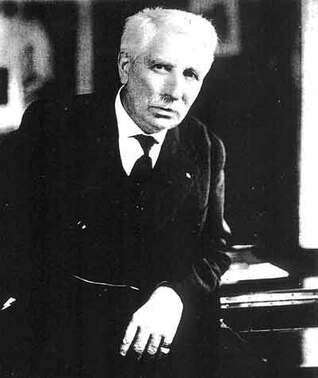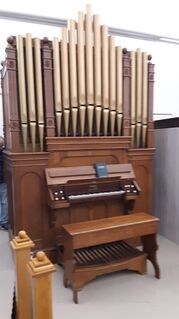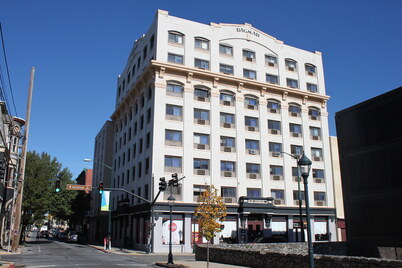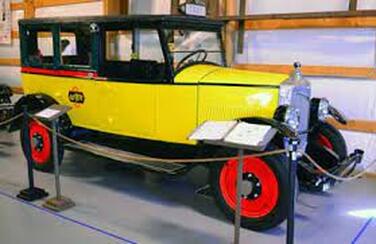HANDS ON HISTORY
Oliver Wendell Holmes Stereoscope
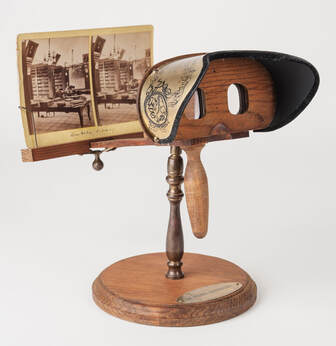
The idea of a looking at the world from a 3-D perspective started about 180 years ago, when an Englishman patented the idea. That idea came to be known as the stereoscope, which is an optical device that allows you to create an illusion of depth from 2 flat images photographed at slightly different angles.
Several year later in 1861, Oliver Wendell Holmes Sr. (the poet) not to be confused with his son, Oliver Wendel Holmes Jr. (Supreme Court Justice) deliberately published (not patented) a design so everyone could use it. It was a simple, easy to use hand-held device that used a paper card or “stereograph “. Up until this point, stereoscopes used mirrors, were expensive and the images were made of glass images.
Stereographs covered a wide range of subjects, the most popular being views of landscapes and monuments. Steroscopes and their picture cards enabled both adults and children to travel around the world without leaving their parlor.
The stereoscope was the forerunner of the “View Master” originally introduced at the 1939 New York World’s Fair and then produced for mass market in the 1960’s and again in the 1990's by Fisher Price for Twentieth Century Disney.
It’s a great example of how each “generation of scientists builds upon the discoveries and inventions of those that have come before and reimagines them for new and improved uses”.
More about Oliver Wendell Holmes Sr. (1809-1894) Writer, doctor, and educator, he earned a BA at Harvard University in 1829 and an MD from Harvard Medical School in 1836. He was part of a group of New England-based writers called the Fireside Poets, which included William Cullen Bryant, Henry Wadsworth Longfellow, James Russell Lowe and John Greenleaf Whittier.
Famous Quote: "I find the great thing in this world is not so much where we stand, as in what direction we are moving".
More about his son, Oliver Wendel Holmes, Jr. (1841-1935) Of his many accomplishments, he served as an Associate Justice of the Supreme Court from 1902-1932, and served in the Civil War from 1861-1865 with the 20th Massachusetts Volunteer Infantry. Holmes wrote some of the most significant free speech decisions ever handed down by the Court. In the process he attempted to identify the fine line between protected and unprotected speech with his Clear and Present Danger test in which he used the now classic example of an individual falsely shouting “Fire” in a theater as an example of speech that was “substantively evil."
